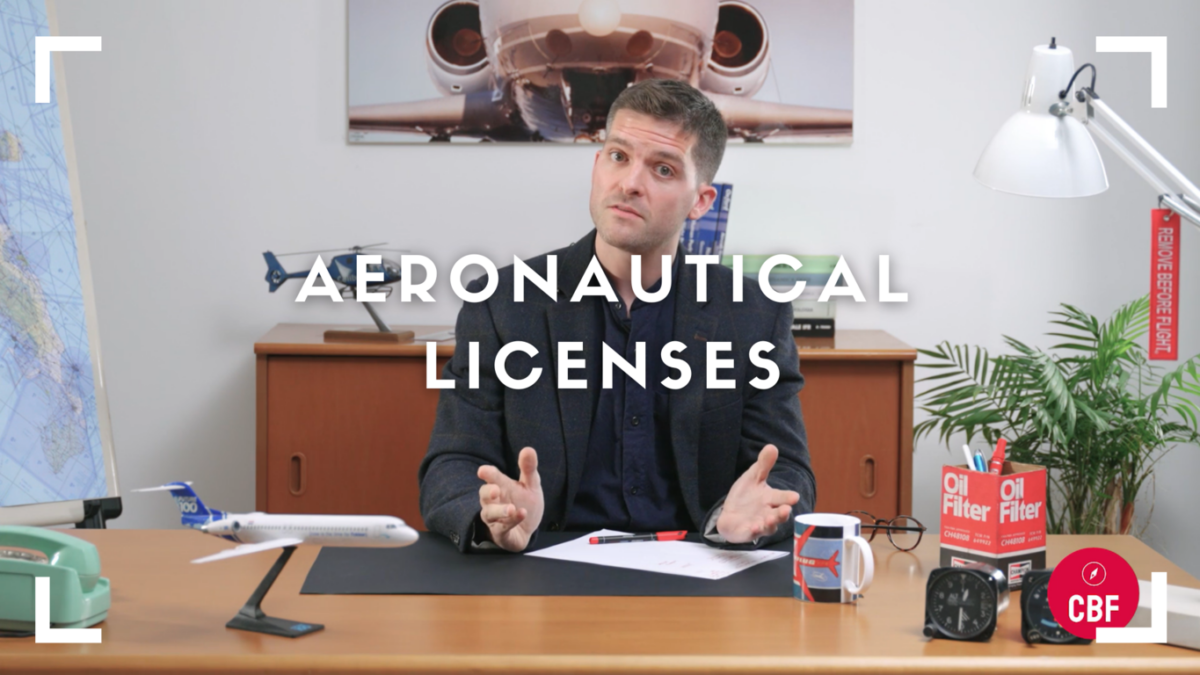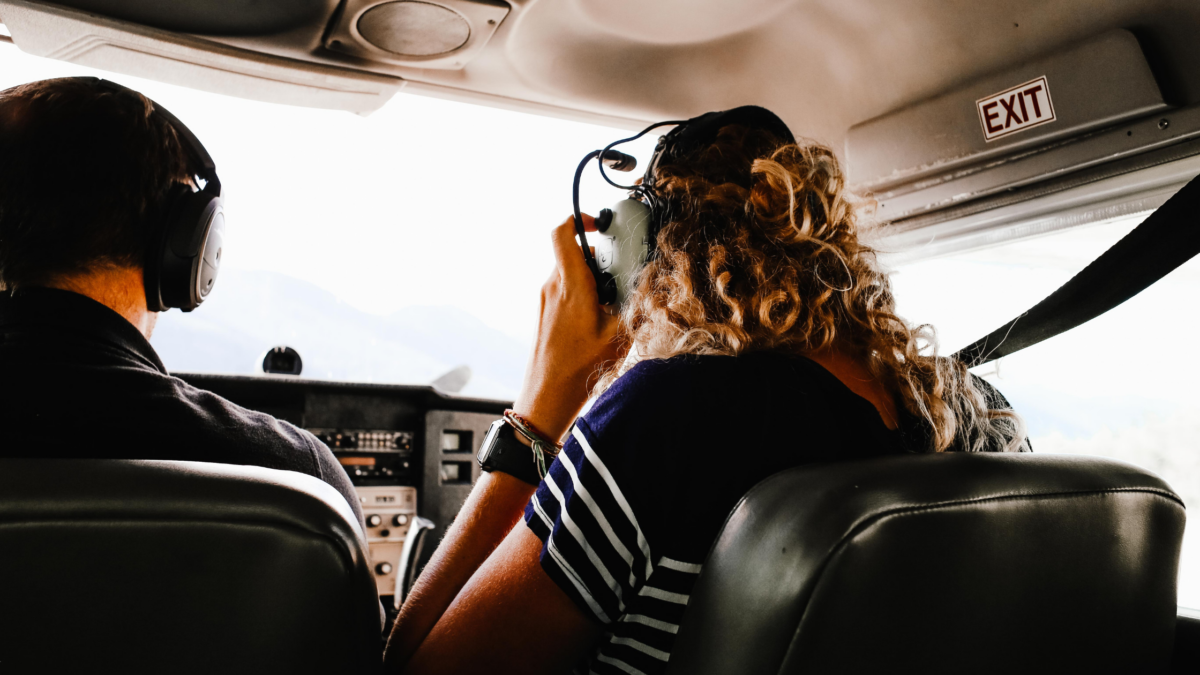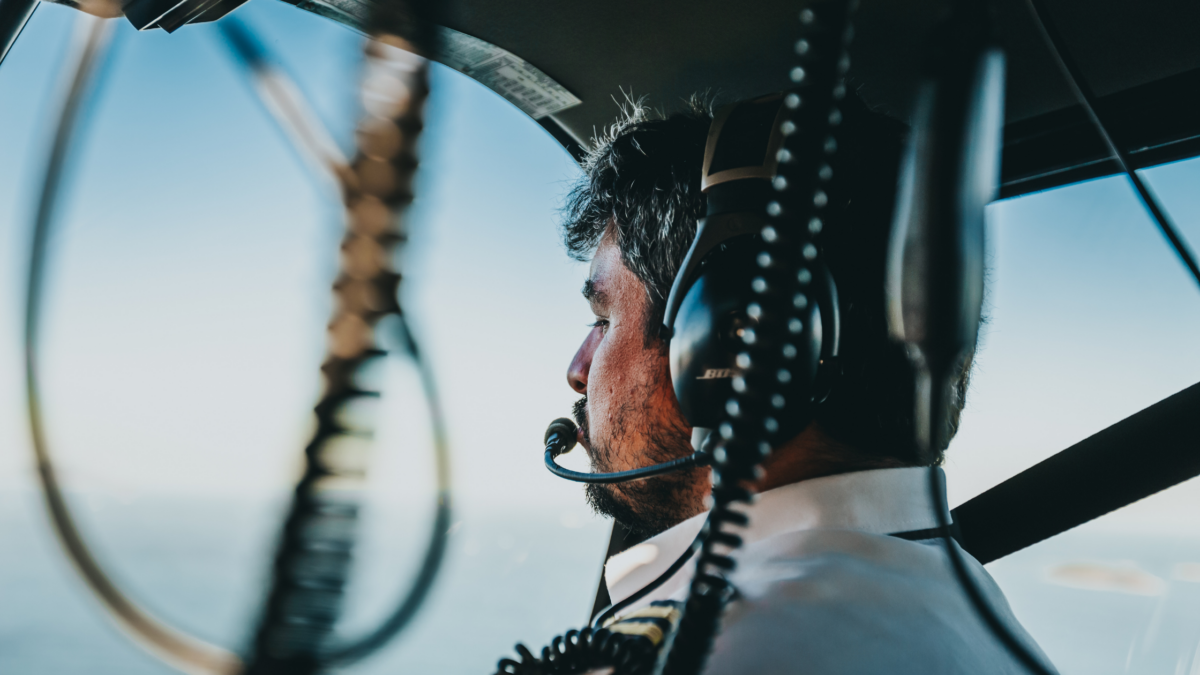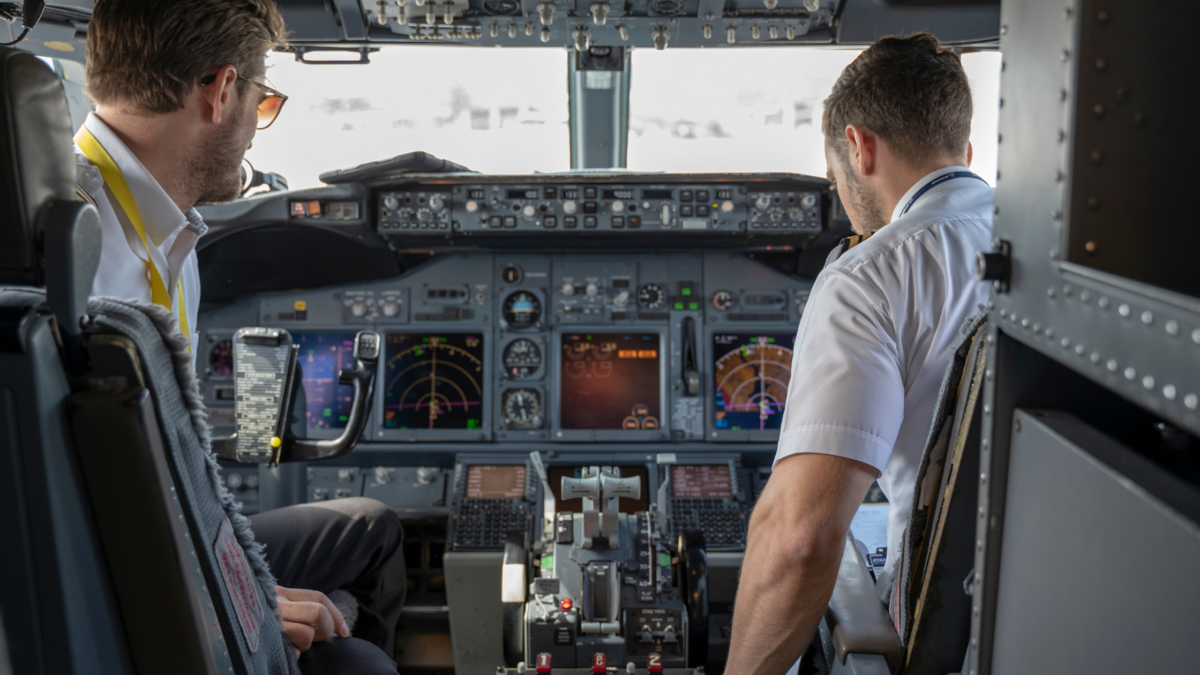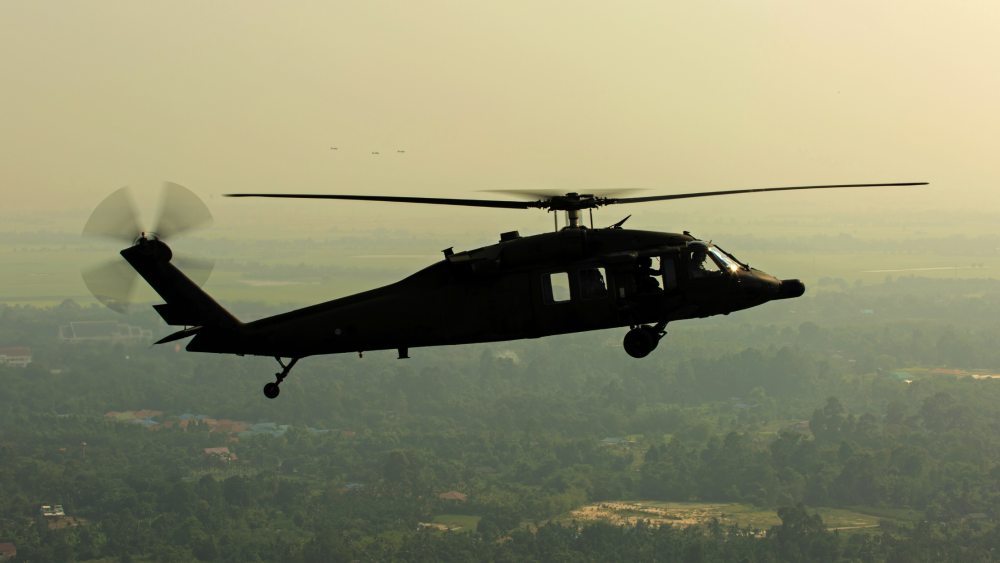You need a certified flight school
To talk about licenses, we now delve into the world of general and commercial aviation that we defined in the previous tutorial when talking about licenses to fly civil “aircraft” in Europe.
First of all, it is necessary to open this tutorial by saying that to obtain any aircraft pilot license, of any category, it is necessary to attend courses at a flight school certified according to European standards. The European body responsible for regulating the aeronautical world is the EASA (European Aviation Safety Agency) which, in addition to regulating any flight operation, provides the standards for the training of any flight or ground personnel.
The school certification is called ATO (Approved training Organization) for the Academies that provide courses for all categories or DTO (Declared training organization) for the smaller schools that provide only some specific courses.



